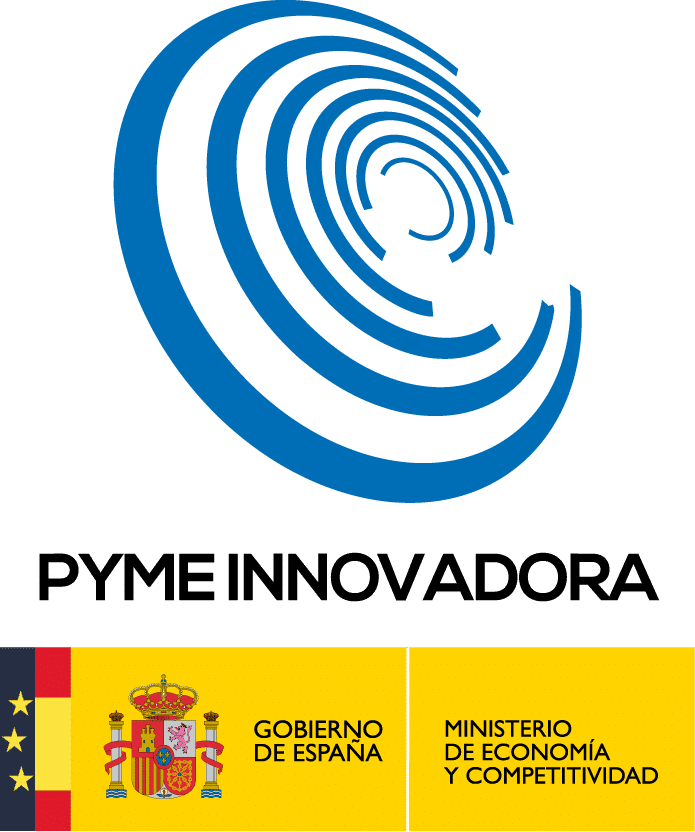

Check the cutting depth of the plates prior to lamination Using laser triangulation is obtained in real time the relief map of the upper side of the plate by determining the maximum depth dimension.
Communication to the control milling of such dimension so that drill at that depth avoiding waste aluminum.

Once the plate is in the inspection area, the lights go down and with the value that measures the distance meter the cameras are positioned (before it reaches the top of the plate). The system measures the deformation of the laser line (relief plate), and determines the profile of the plate. Another key factor in obtaining the desired resolution is the power of the lasers. These are capable of shaping the plate sharply on the relief thereof, covering the entire width of the plate. This requires that the distance between the surface of the plate and the frame on which are mounted lasers and cameras are always the same for each different thickness of each plate. This involves having to position the height of the frame each time you will check a plate. To this end, on the same frame where the cameras are mounted, but in a more forward than the cameras position, a distance meter to inform us of the height at which the plate comes, to be able the system vision to position in height before the top of the plate reaches the vertical of the cameras. The system capture images of the laser every 20ms and store the information associated to the value of the X axis encoder at that moment. After that, in the PC, a 3D reconstruction of the pieces made. Capturing an image every 20ms, assuming a large amount of images per second.
From the software point of view, the application has the following utilities or features:
- Calibration Module: Guide us during system calibration.
- Module for testing: Normal operation mode in which the dimensional matrices obtained plate. The graphic presentation of the values obtained can be a color-coded two-dimensional plane or a three dimensional image of the profile of the plate.
- Storage and processing of data module: Each of the matrixes obtained is stored in a SQL database, so you can query data from a particular plate after it has been processed. These data can be imported from a spreadsheet.
- Communication module with the computer system of production planning: For each of the plates being inspected its identifier is sent (if entered by the operator), its maximum and minimum values and the date and time of verification.
- ROBUST
- ACCURATE & REPETITIVITY
- AUTOMATIC
- TRACEABLE
Contact
Do you have any doubts?
If you have questions about any of our products or want to know more about us, please contact us at



